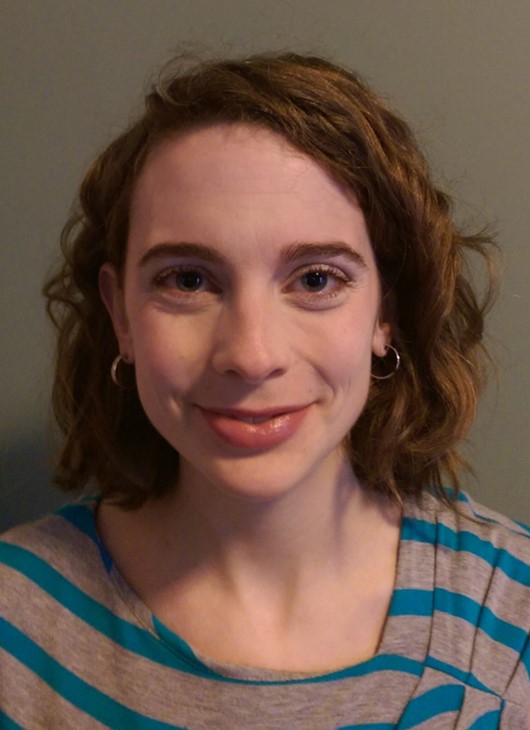Rethinking Placement Testing
by Melissa Braaten
We all know that first impressions matter. Students start forming an impression of their program, class, and teacher from their first interactions during intake, which usually involves some sort of assessment for the purposes of class placement.
Many standardized intake assessments involve a student sitting by himself, answering traditional, procedural math questions that have only one correct answer. This experience can reinforce the individualistic, procedurally-focused math experiences that students have had in the past, which often lead to math anxiety and a fixed mindset towards math.
…Students from an early age realize that math is different from other subjects and that learning gives way to answering questions and taking tests—performing. The testing culture in the United States, which is more pervasive in math than in other subjects, is a large part of the problem…[W]hy do some educators not realize their constant testing does more than test students, which has plenty of its own problems—it also makes students think that is what math is—producing short answers to narrow questions under pressure? It is no wonder that so many students decide mathematics is not for them.
-Jo Boaler, mathematics educator and researcher, in Mathematical Mindsets
This was how I assessed students in the past, and I decided that if I wanted to encourage students to embrace a new type of mathematical classroom and a growth mindset towards mathematics, I would start by rethinking the type of intake experience I wanted them to have.
Over the last two years I have been experimenting with a drastically different form of intake assessment and placement, and, at least anecdotally, I am happy with the way it has changed the culture of my classroom in the first months of the year.
Instead of a multiple choice, individually scored assessment, I have students work with a partner on a series of collaborative mathematical tasks (for example, one task was to arrange a series of fractions in order from largest to smallest). I encourage students to share their thinking with each other and with me, as I walk around and talk with different pairs. By giving them peers to work with, I am able to draw out more of their thinking and to reinforce the importance of peer collaboration. Some pairs engage with each other more than others, but on the whole it has been successful. Listening to the students as they work together or explain their thinking to me gives me valuable insight into the way each student approaches math, how well they are able to explain their thinking, and what type of conceptual understanding they bring with them. I am also able to probe with follow-up questions to uncover possible misunderstandings in a way that I would not have been able to do with a traditional placement test.
I learn more about my students with this type of assessment than I did before, but the primary benefit is what students take from the experience. They have a chance to experience math in a way that promotes thinking about concepts, collaboration with peers, and communication, rather than answer getting. Before they enter their first official class, they have an idea of what to expect, and how my class might differ from more traditional forms of math instruction that they may have experienced when they were younger. I surveyed a small sample of students who took this form of assessment, and all responded that they preferred this form of assessment to a traditional paper and pencil test.
In addition to the assessment itself, I decided to make placement collaborative between myself and the student. At the end of the assessment, I explain to the group the different levels of math that I offer and what types of concepts we will be working on in each. I then ask students to write down for me which level they think is the best fit for them. After having just had an experience doing mathematics, I find that students are quite perceptive about what type of class they need. My own assessment of the student’s level from what I saw and heard during the assessment generally matches what students choose for themselves. When it doesn’t, I am almost always recommending a higher level than the student chose, which is usually an easy conversation to have.
I like giving students the responsibility for leveling themselves, because I think it reinforces the idea that I want them to take the lead in making decisions about their learning. Having the opportunity to choose a level AFTER they have just done some relevant mathematics and heard a description of what to expect in the different levels gives students the information to make a good decision. Since I have been doing class placements this way, I find that students have more buy-in, especially when they are in the beginning level class, and I have eliminated potential power struggles.
This form of assessment does take time, since it has to be done in small groups, and it is more difficult to report the results (I write descriptive notes of what I observe from each student, but I don’t have a numerical score or grade that can be quickly compared). It is also far more demanding of my time than simply giving a roomful of students a paper test; I have to be listening, probing, and evaluating, often making decisions on my feet of how to respond or follow up on a student’s thinking. Nevertheless, I plan to continue to use and develop this type of assessment in my program, because it is easier to establish the type of classroom culture I want at the beginning of the year. From day one, I have the chance to influence students’ perceptions of what mathematics is really all about.
If you are interested in trying something similar in your classroom or program, the assessment tasks I have been developing will be made available soon, along with a training on how to use them. Check the SABES website for offerings from the Mathematics and Adult Numeracy Curriculum and Instruction PD Center to see all our current offerings as they become available!

Melissa Braaten is an adult education instructor at Catholic Charities Haitian Multi-Services Center in Dorchester, MA. Melissa has taught ASE and pre-ASE math and reading, as well as ABE writing, computer skills, and health classes. Melissa also is a training and curriculum development specialist for the SABES Mathematics and Adult Numeracy Curriculum & Instruction PD Center at TERC. She has written several articles for Math Musings, the Adult Numeracy blog.

